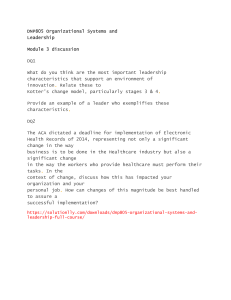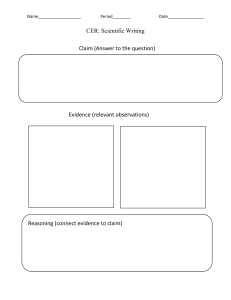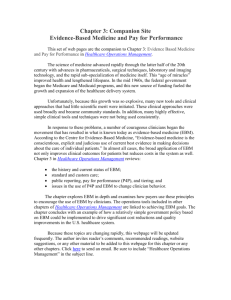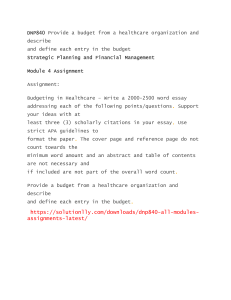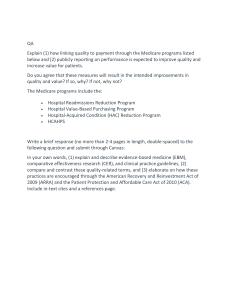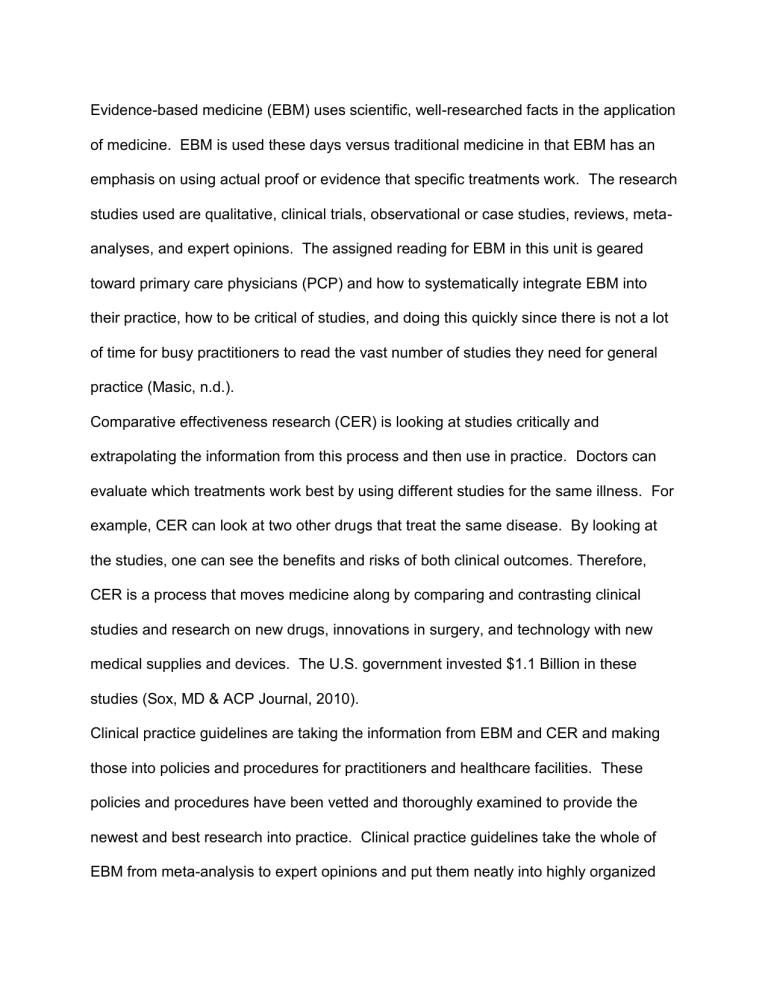
Evidence-based medicine (EBM) uses scientific, well-researched facts in the application of medicine. EBM is used these days versus traditional medicine in that EBM has an emphasis on using actual proof or evidence that specific treatments work. The research studies used are qualitative, clinical trials, observational or case studies, reviews, metaanalyses, and expert opinions. The assigned reading for EBM in this unit is geared toward primary care physicians (PCP) and how to systematically integrate EBM into their practice, how to be critical of studies, and doing this quickly since there is not a lot of time for busy practitioners to read the vast number of studies they need for general practice (Masic, n.d.). Comparative effectiveness research (CER) is looking at studies critically and extrapolating the information from this process and then use in practice. Doctors can evaluate which treatments work best by using different studies for the same illness. For example, CER can look at two other drugs that treat the same disease. By looking at the studies, one can see the benefits and risks of both clinical outcomes. Therefore, CER is a process that moves medicine along by comparing and contrasting clinical studies and research on new drugs, innovations in surgery, and technology with new medical supplies and devices. The U.S. government invested $1.1 Billion in these studies (Sox, MD & ACP Journal, 2010). Clinical practice guidelines are taking the information from EBM and CER and making those into policies and procedures for practitioners and healthcare facilities. These policies and procedures have been vetted and thoroughly examined to provide the newest and best research into practice. Clinical practice guidelines take the whole of EBM from meta-analysis to expert opinions and put them neatly into highly organized playbook institutions use to deliver healthcare. The guidelines are written statements for institutions to follow but are not set in stone. As every patient is different, different treatment methods are needed for each case. The clinical practice guidelines are routinely updated as new information is available. The guidelines in the hospital setting are usually called policies and procedures and should be readily available to all staff at any time to review. Many years ago, the policies and procedures were typed and placed into a large binder and located in each department, usually at the front desk. These days with fully computerized charting, the guidelines are now available online at almost any computer in the facility, making access very quick and easy. The Center for American Progress, a political, nonpartisan organization trying to improve the lives of Americans by thinking progressively and less conservatively, has stated, “It’s estimated that one-third of procedures and treatments administered in the United States have no proven benefit and account for up to $700 billion annually in current spending. Moreover, some of these treatments can have harmful side effects, produce worse health outcomes, and then, as a result, add to the soaring costs of medical care.” (Whelan et al., 2009) Statements such as this, if indeed true, are shocking when revealed, and the exact reason the American Recovery and Reinvestment Act of 2009 (ARRA) and the Patient Protection and Affordable Care Act of 2010 (ACA) were put into place over a decade ago. Both acts, signed into effect by President Barack Obama, were part of the significant economic stimulus package needed after the economic recession of 2008. These two acts injected billions of dollars into healthcare in many different aspects to try and improve healthcare for all Americans. The ACA, also nicknamed Obamacare, tends to have a negative connotation in that it’s mostly remembered as the act that changed health insurance, making premiums rise for most middle-class families while allowing those with pre-existing conditions the chance to have health insurance and not be denied. But more to the point, the ARRA and ACA helped further healthcare by ensuring electronic medical records (EMR) were a fundamental part of all facilities. And also, towards funding many different government health organizations with grants for research into new medicines, devices, treatments, and surgeries through organizing committees and new governmental departments whose main job is to gather the data and information needed to provide for better healthcare and lower or keep the costs from increasing (Clinical Practice Guidelines | NCCIH, n.d.). It has been over a decade since the Acts were put into place. The Act’s main intentions were to provide healthcare access to more Americans through lower premiums and allow those with pre-existing conditions not to be denied. The ACA also provided a significant investment into the state’s Medicaid programs and funded research into better health practices to reduce healthcare costs. It is a slow process, but improvements have been made. References Clinical Practice Guidelines | NCCIH. (n.d.). National Center for Complementary and Integrative Health. Retrieved July 23, 2022, from https://www.nccih.nih.gov/health/providers/clinicalpractice Masic, I. (n.d.). Evidence Based Medicine – New Approaches and Challenges. NCBI. Retrieved July 23, 2022, from https://www.ncbi.nlm.nih.gov/pmc/articles/PMC3789163/ Sox, MD, H. C., & ACP Journal. (2010, October 5). Comparative Effectiveness Research: A Progress Report. Comparative Effectiveness Research: A Progress Report. Retrieved July 23, 2022, from https://www.acpjournals.org/doi/10.7326/0003-4819-153-7201010050-00269 Whelan, E. M., Sekhar, S., & The Center for American Progess. (2009, September 9). Better Health Through Better Information. Retrieved July 23, 2022, from https://americanprogress.org/article/better-health-through-better-information/
